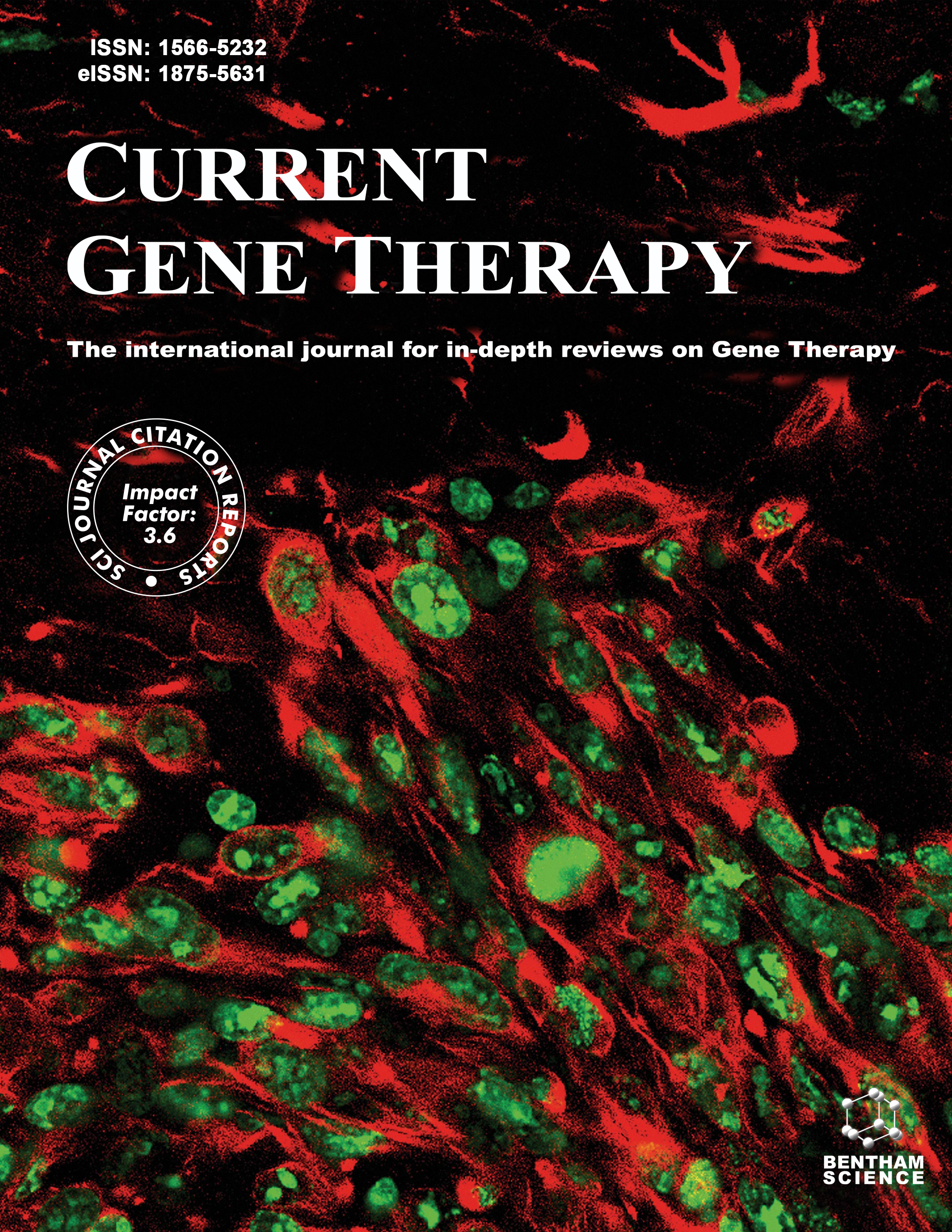
Full text loading...
We use cookies to track usage and preferences.I Understand
An analysis of mammalian genomes has revealed a significant number of DNA sequences with transposon or viral origin. Some of these elements encode functional proteins, repurposed during evolution to play significant physiological roles in certain tissues. Some human virus-like proteins, such as Peg10 and Arc/Arg3.1, structurally demonstrate significant similarity with Gag retroviral proteins, while others, like syncytins-1 and -2, resemble envelope viral proteins. In recent years, it has become clear that these proteins can be exploited for bioengineering 'humanized' capsid particles aimed at targeted mRNA delivery. Realizing this idea could provide efficient virus-like particles for gene therapy and address the problem of viral vector immunogenicity. This review provides an overview of the most-studied human proteins of viral or transposon origin and highlights their biological functions. Additionally, recent advances in exploiting these proteins for targeted mRNA delivery and prospects for their clinical application are discussed.

Article metrics loading...

Full text loading...
References


Data & Media loading...

